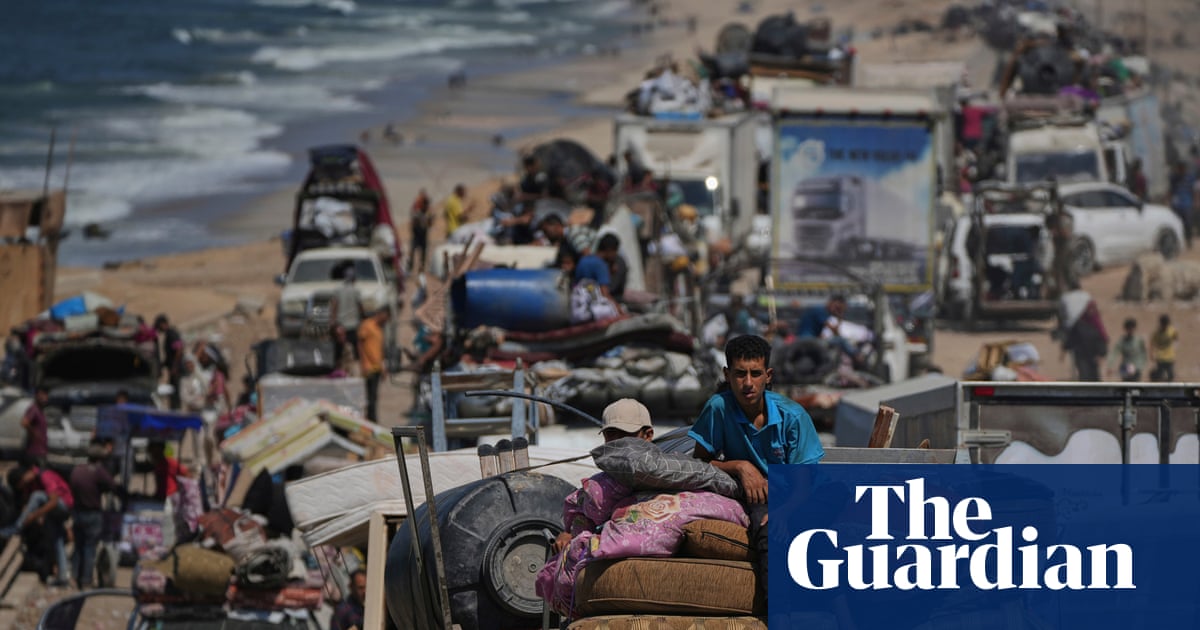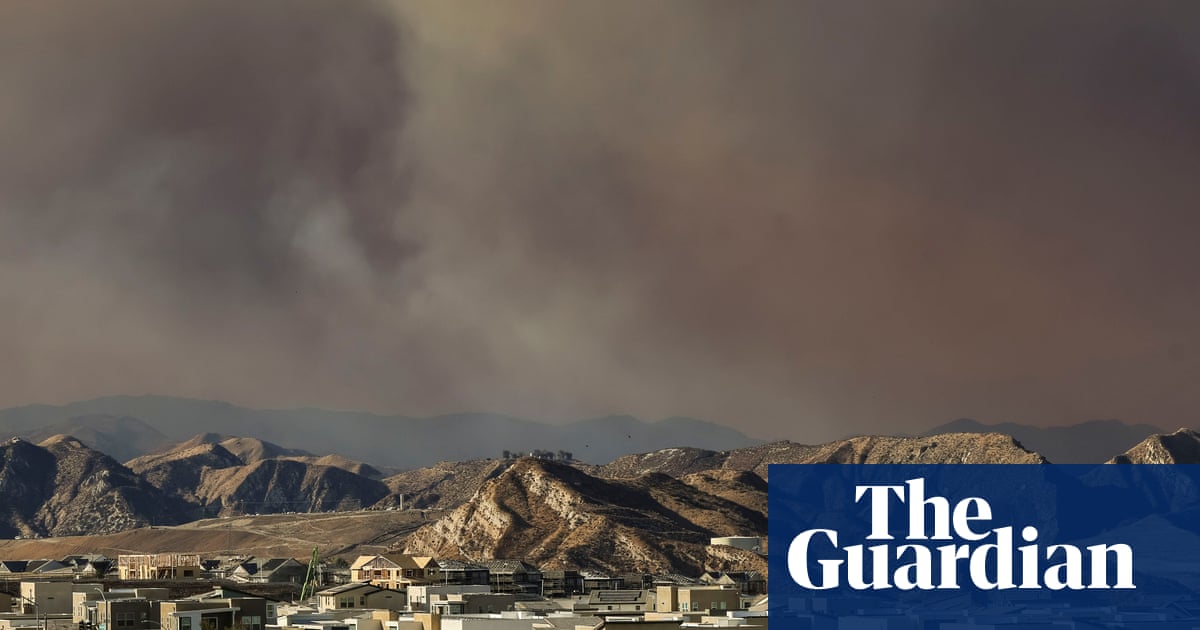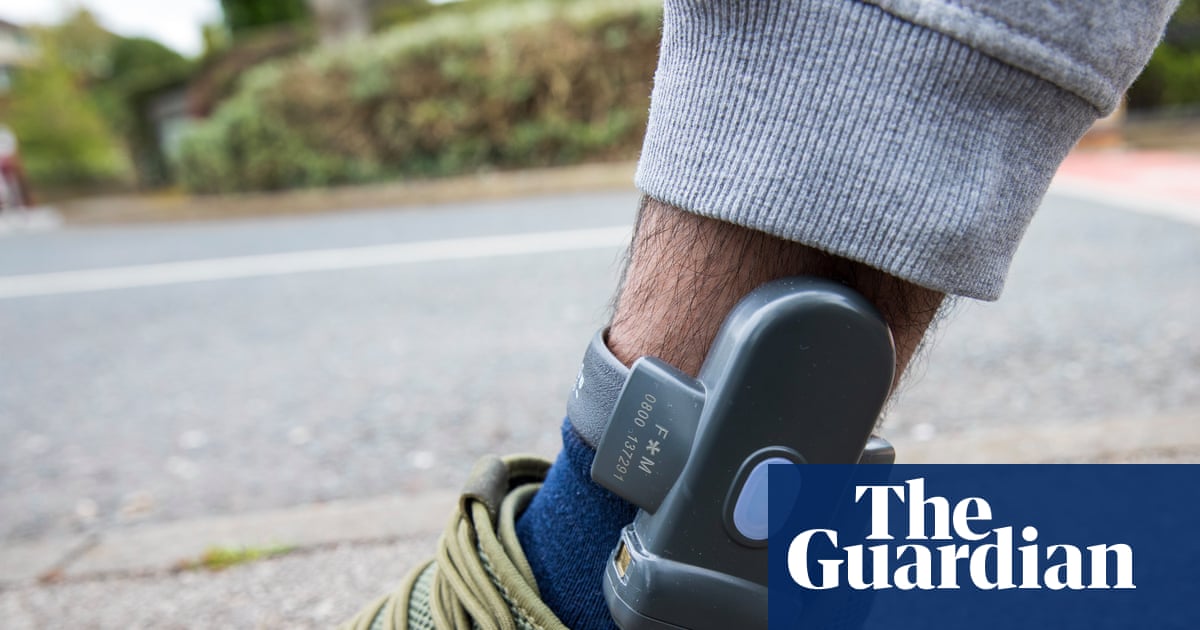The Covid inquiry has spent the past three weeks on the UK’s attempts to control the pandemic through test, trace and isolation. Here we look at the key findings from the module and experts’ recommendations for future pandemic preparedness.
1. The role of test, trace and isolation
Testing people for infection, tracing their contacts, and isolating those at risk of passing on bugs is a mainstay of outbreak control. The UK could handle local outbreaks such as norovirus, salmonella, mpox and meningitis, but the pandemic called for radical scaling up.
At its peak, NHS test and trace was able to process 800,000 virus tests a day. Lateral flow devices bolstered the capacity. Nearly 16 million people who tested positive were contacted, with more than 31 million contacts.
2. The quest for a test
Public Health England developed a Covid test within two weeks of Chinese scientists publishing its genetic sequence. The first case in England was diagnosed on 31 January. Scientists knew the outlook was bleak. “It was very clear at that stage that we were heading towards a major event, a pandemic that would have a big, big impact,” Prof Christophe Fraser, who worked on Covid apps in the pandemic, told the inquiry.
The UK needed to expand testing fast, but on 12 March nearly all community testing and contact tracing was abandoned. Instead, people with symptoms were asked to self-isolate. Prof Alan McNally, an infectious disease expert at the University of Birmingham, was “flabbergasted”. Days later, the director general of the World Health Organization, Dr Tedros Ghebreyesus, reiterated the call for all countries to “test, test, test”, isolate the infected and test their contacts.
3. Was the UK prepared for mass testing?
There was no plan for nationwide testing. Ministers and many scientific advisers had focused on a flu pandemic, which might tear through the population too fast for testing to help. “What a catastrophic error that was,” Pete Weatherby KC, for Covid Bereaved Families for Justice, told the inquiry.
“It started with no planning, no capacity, no contact tracing, lab analysis or isolation infrastructure for anything other than the occurrence of a limited high-consequence disease outbreak, and perhaps most significantly, too little support for those most likely to spread the virus if they did not test and isolate.”
4. Big ships and small boats
Rather than building on the expertise and equipment in NHS labs, universities and research institutions, the UK pursued a private, centralised testing programme. It was built “virtually from scratch”, Dominic Cook at Deloitte told the inquiry.
The decision had its critics. The Francis Crick Institute in London reconfigured to test its employees, local hospital staff and eventually care home residents. Soon, they were turning up to 4,000 tests a day in 24 hours. “That sort of speed is absolutely critical to protect vulnerable people,” said Sir Paul Nurse, the Nobel laureate director of the Crick. “We could have scaled up to about 10,000 [tests a day] in a month if we’d had the money.”
Nurse and others pushed for a Dunkirk-inspired big ships and small boats approach, where the UK’s existing labs provided local testing until the Lighthouse labs were ready. Nurse estimated the UK’s smaller labs could process up to 200,000 tests a day. But ministers had other plans. They sent the army to collect PCR machines for use in the centralised Lighthouse labs. In an email to colleagues shared at the inquiry, McNally wrote: “That’s a massive ‘fuck you’ to the whole of UK academia.”
5. Who to test?
Early in the pandemic, the NHS listed Covid symptoms as a new continuous cough and high fever. Other symptoms were only added later. It meant many people who had Covid didn’t realise. Prof Tim Spector, who pioneered the Zoe Covid app, flagged loss of smell or taste as a symptom in March 2020. It wasn’t recognised by the NHS until May.
Some people with Covid had no symptoms. Fearing that asymptomatic healthcare workers could spread the virus to patients, Nurse and Sir Peter Ratcliffe, another Nobel laureate at the Crick, wrote to the then health secretary, Matt Hancock, to call for testing of all healthcare workers. A response arrived three months later. Weekly Covid tests were not offered to asymptomatic care home staff and NHS workers until July and November 2020 respectively.
6. The network of testing centres
Local testing centres popped up from spring 2020 but many failed to consider the most vulnerable. Disabled people found some sites inaccessible. Many centres favoured people with cars. “If you were doing this again, you’d set up your first set of testing sites in local community halls in Tower Hamlets, not in Chessington World of Adventures,” Dido Harding, who led NHS test and trace, told the inquiry.
Online booking systems excluded people without computers or mobile phones. People were sent to the nearest available test site, regardless of practicalities. Robin Swann, the former health minister in Northern Ireland, said some residents were directed to Scotland. “The Irish Sea hadn’t been taken into consideration,” he said.
7. How effective were the Lighthouse labs?
The Lighthouse labs were the powerhouses of the UK’s testing capability. Setting them up was hectic. Beyond the machines needed to test samples, labs needed safety cabinets, trained staff, workflows and operating procedures. Post-doctorate and research fellows volunteered to move, while other scientists were seconded to staff them. McNally helped set up the first lab in Milton Keynes, which ran 28,000 tests a day at the end of its first month. A major frustration was the enormous team of Deloitte consultants, he said, which had “no expertise” in lab work, infectious disease or diagnostics.
The need for high standards at testing labs was made clear by failures at the private Immensa lab in Wolverhampton. In 2021, it issued tens of thousands of incorrect test results. “In the long list of Covid disasters and scandals, this is pretty near the top,” McNally said.
England alone had to recruit and train 15,000 contact tracers. To be effective, 80% of contacts of infected people had to be traced. In 2020 the figure was far lower. Scores of people avoided tests because they couldn’t afford to self-isolate. Lady Harding pressed for better support but Rishi Sunak, then chancellor, refused “at every opportunity”. Had we done more, fewer would have died, she believed.
Diary entries from Patrick Vallance, the former chief scientist, echoed her concerns, saying ministers “always want to go for stick, not carrot”. One note had Boris Johnson, the prime minister, saying: “We must have known that this wasn’t working. We have been pretending it has been whereas secretly we know it hasn’t been.”
In a later note, he said: “We haven’t been ruthless enough. We need to force more isolation. I favour a more authoritarian approach.”
9. Are we better prepared today?
The Lighthouse laboratories were dismantled, the equipment sold off and staff returned to their previous jobs. If another pandemic strikes in December, McNally told the inquiry: “We will be exactly where we were in January, February of 2020.”
He and others urged the UK to mirror Germany’s federated lab system where a mix of university, commercial and animal health labs perform routine testing but can switch to pandemic testing when needed.
Harding stressed the need for a mass test-and-trace system that considered the most vulnerable from the start. “They’re the most exposed to every infectious disease and that means you have to put isolation support at the forefront of your testing and tracing system,” she said.

 3 months ago
94
3 months ago
94

















































